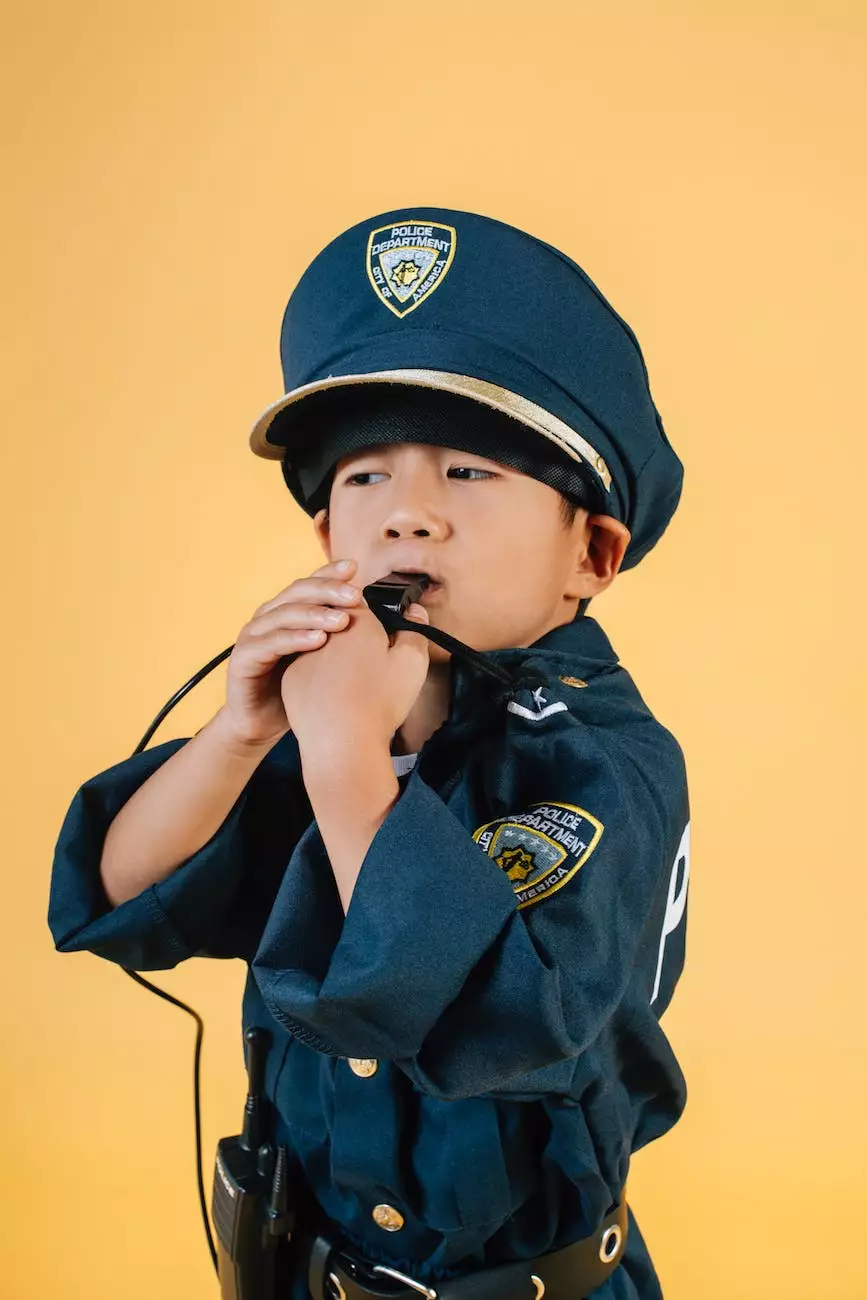Do dogs really see in just black and white?

The Myth of Black and White Vision in Dogs
As pet lovers, it's natural to wonder about the way our furry friends perceive the world. One common misconception is that dogs see everything in a monochromatic scale limited to black and white. However, this notion is far from the truth.
Contrary to popular belief, dogs are not colorblind. While their visual system differs from humans', dogs are able to see a limited range of colors. To fully understand how dogs perceive the world, we need to delve into the anatomy of their eyes and comprehend their unique visual capabilities.
The Color Sensitivity of Dogs
Dogs have two types of photoreceptor cells in their retinas: rods and cones. Rods are responsible for vision in low-light conditions, while cones perceive colors under bright light.
Although dogs have fewer cones than humans, they still possess color vision, albeit with some limitations. Human eyes have three types of cones, allowing us to see a vast spectrum of colors. In contrast, dogs have only two types of cones, resulting in a more limited color range. Their visible colors are primarily in the blue and yellow spectrum, while red and green shades appear as a variation of gray.
Understanding the Dichromatic Vision of Dogs
Due to their dichromatic vision, dogs perceive the world differently from humans. Imagine a vibrant bouquet of flowers – to a dog, the red petals may appear less vibrant compared to what we see, as if the colors are washed out or desaturated.
However, it's worth noting that dogs compensate for their reduced color perception with a heightened ability to perceive motion and detect subtle changes in contrast. This enables them to excel in tasks such as spotting prey or detecting movement over long distances.
Colors That Dogs Can See
While dogs may have a less vibrant perception of certain colors, it’s important to emphasize the colors they can indeed perceive. Dogs have a keen ability to see shades of blue and yellow, and they can easily distinguish between different intensities of these colors.
Blue toys, for instance, are highly visible to dogs and can be very enticing during playtime. Yellow objects also catch their attention, making them a popular choice for training aids or toys designed to keep them engaged.
The Role of Scent in a Dog's Perception
It's essential to recognize that dogs rely on more than just their eyesight to interpret the world around them. Their extraordinary sense of smell plays a significant role in their perception and understanding of their environment.
While they may not perceive colors in the same way we do, their incredible olfactory system compensates for any visual limitations. Scent becomes their primary source of information, allowing them to navigate their surroundings and interact with the world in a unique and remarkable way.
The Fascinating World of Canine Vision
The world through a dog's eyes may not be the same as ours, but it is equally rich and vibrant in its own way. Their visual system, combined with their heightened sense of smell, creates a comprehensive world view that helps them thrive as beloved pets and loyal companions.
So, the notion that dogs see only in black and white is merely a myth. Dogs have a unique color perception that adds depth to their experiences and interactions. While understanding their visual abilities enhances our bond with them, it's always important to remember that love and companionship surpass any differences in how we perceive the world.
Conclusion
In conclusion, dogs do not see in just black and white. They possess a limited color spectrum, mainly focused on blue and yellow shades. While their color vision may differ from humans', it is crucial to appreciate their unique visual capabilities and the role scent plays in their perception of the world. Understanding and celebrating these differences deepen our understanding and bond with our furry friends, making our relationships even more enriching and fulfilling.










